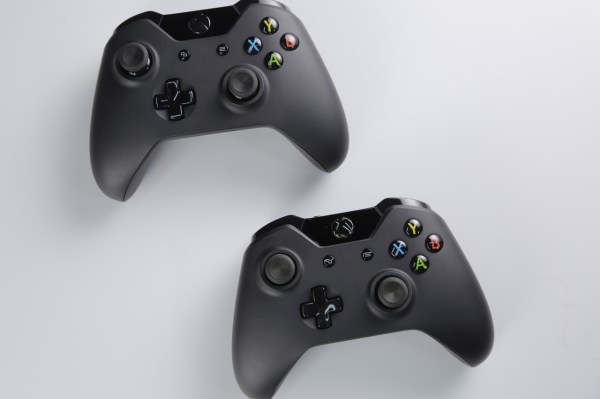The final contender in the next-gen console battle has entered the arena. The Xbox One will launch this Friday, 8 years to the day after the 2005 debut of the Xbox 360.
As someone who has happily played three Xbox 360s to their red-ringed graves, I couldn’t have been more excited. I spent the past few days living with an Xbox One, watching on as Microsoft shipped its final few last-minute patches and the third-party apps lit up across the store.
So how is it?
THE HARDWARE
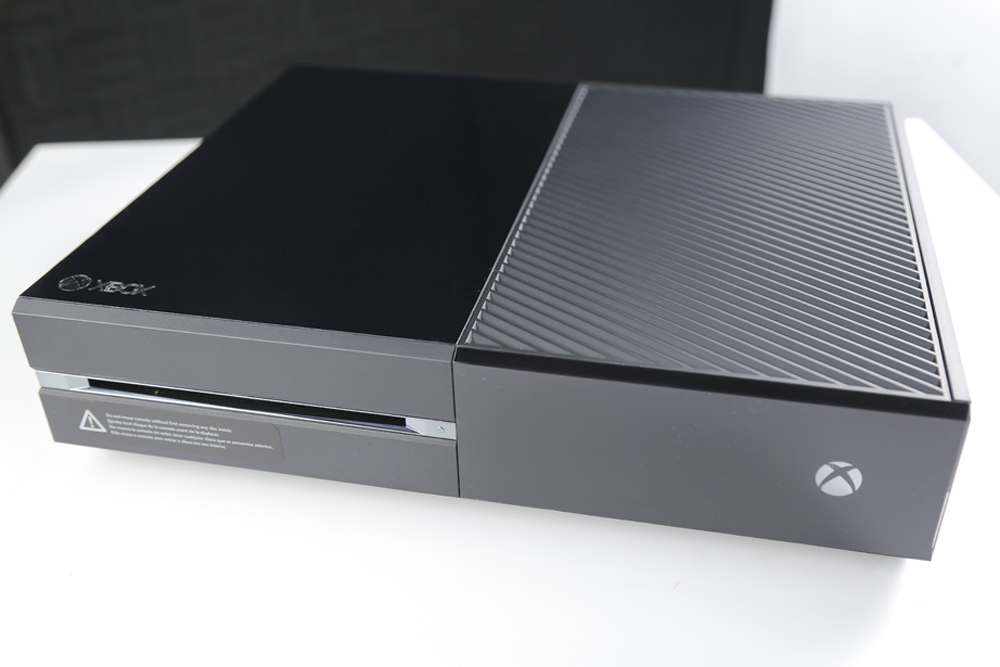
The Console:
Beauty is a subjective topic, but I think you’d be hard pressed to find anyone that would say the Xbox One is particularly beautiful.
That’s not to say that it’s ugly, mind you — it’s not. It’s just… there. It’s a big, black box. Its materials are a mix of matte and gloss. It has lots of vents. To describe it more richly would be to use needless words. Many a commenter has suggested that the Xbox One resembles a VCR, and those comparisons aren’t wrong. It does look like a VCR, or the box your cable guy might install.
Perhaps that was the intent. Microsoft has been pitching this as an all-in-one entertainment box from day one. For better or worse, it seems they’ve designed this box with the intent of it blending in with the aforementioned appliances, rather than having it scream “I AM A GAME CONSOLE!”. Regardless, it’s not very pretty.
Looks aside, there’s one thing about the design that I do really love: it’s silent. Perhaps that’ll change as the days go on and the dust bunnies settle — but for now, this thing runs stealth.
With that said, people tend to only really care about the way a console looks leading up to its launch, when pictures of the hardware are one of the few things they can really weigh in on. Far more important, however, is…
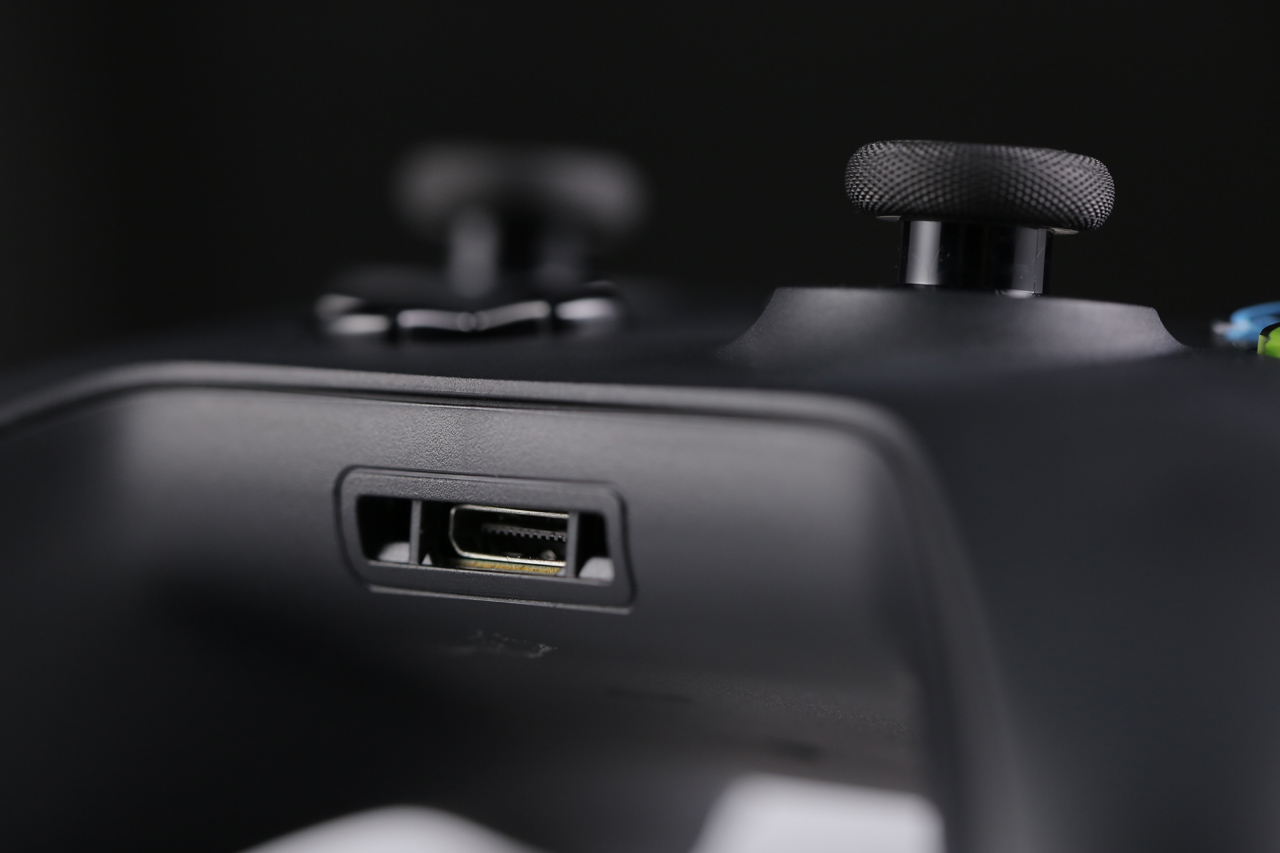
The Controller:
The Xbox One controller is absolutely superb. It is, perhaps, the best console controller I’ve ever held.
The Xbox 360 controller was already very, very good, but it had a glaring fault or two. Its directional pad was, for lack of a better word, “mushy”, and it only got worse with age and use. The analog sticks lacked any real texture for your thumbs to grip on to, especially when the gaming got tense and the ol’ mitts got sweaty.
The Xbox One controller is essentially a 360 controller refined, scrubbed of its flaws. The names of some buttons have changed, sure — but functionally, it’s a finely polished version of its predecessor. The D-pad now lets out a resounding click in every direction, and the analog sticks cling to your thumbs.
One particularly neat bit I noticed after a few days: the L and R triggers are tapered in such a way that you can pull them while resting your knuckle just over the shoulder buttons. This allows you to tap the shoulder buttons with a twitch of your knuckle while still keeping your finger on the trigger. That’s great for twitch-heavy first person shooters, where that millisecond finger shift can mean not tossing a grenade in time.
The one big bummer with the controller: no rechargeable batteries, unless you bring your own rechargeable AAs or spring for a $25 Play-And-Charge kit for each controller.
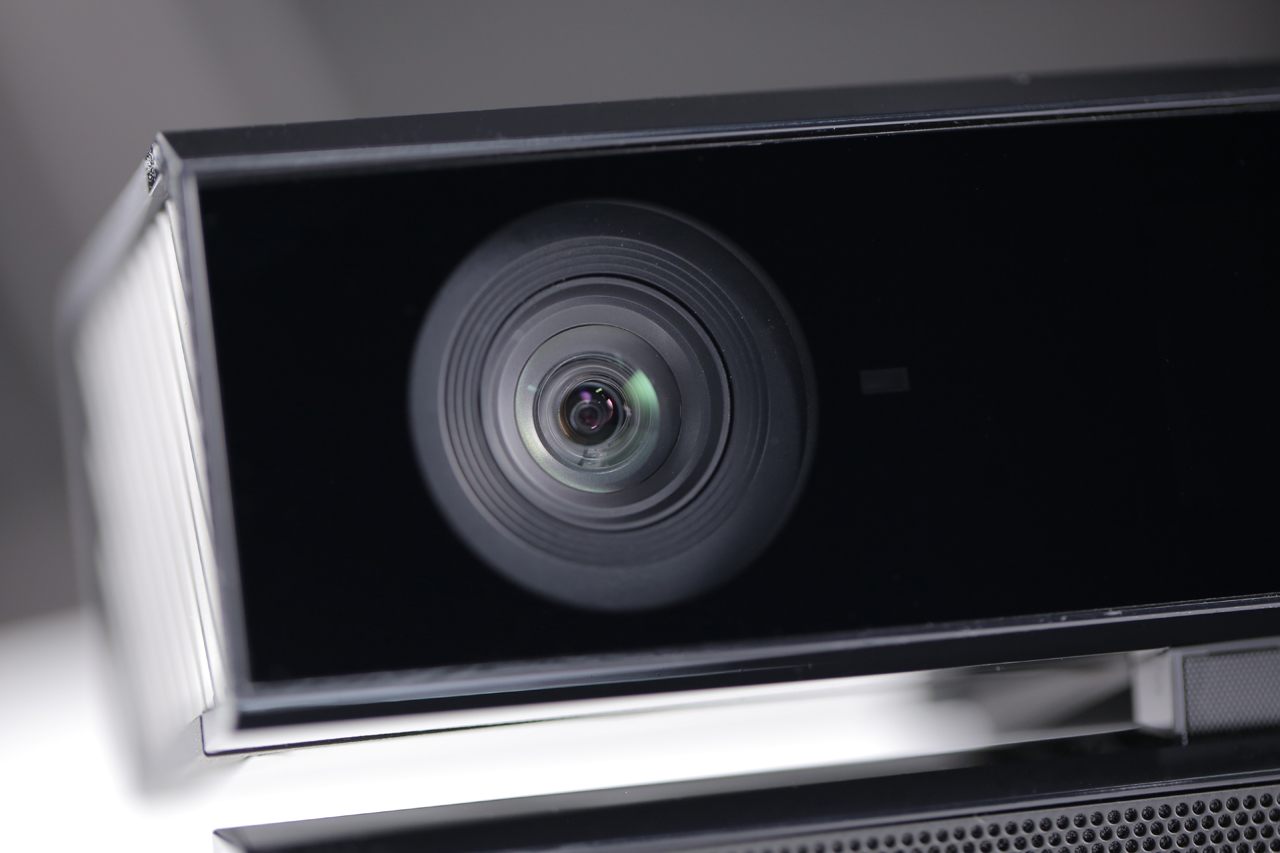
KINECT:
Microsoft has pitched the new Kinect (their motion-sensing, speech-recognizing accessory) in such a way so as to essentially suggest it puts the old one to shame, claiming greatly improved accuracy in both speech recognition and gesture sensing.
The speech recognition does seem better, but not to some insane, mind-blowing degree. Yes, the new Kinect will still mishear you. Yes, you’ll still feel totally stupid when you shout a command at your TV and it ignores you.
Meanwhile, it feels like each game and app has you remembering a different set of voice commands, adding to the frustration of the still-not-great failure rate. Natural language processing, Microsoft — do you speak it?
When it does work, though, I’m still not entirely convinced that using voice recognition outside of a few particular use cases is really all that great. Pausing a video without finding the remote as I run over to my kitchen? Hell yeah. Slowly commanding my Xbox through the App Store, screen by screen? Meh. The same can be said for using gestures to navigate through the menus; while the Kinect’s improved gesture tracking gives it a few new tricks (for example: you now “tap” at an item to select it, rather than having to hover over it. That can actually prove pretty challenging some times, but I have a feeling I’ll get better in time), it still feels like a neat tech demo rather than something that actually makes the experience better.
With gaming, however, the Kinect’s improved gesture tracking starts to shine.
Take Kinect Sports Rivals Preseason, for example. It’s essentially a demo for Rare’s recently delayed Kinect Sports Rivals, but even with just a few minutes of gameplay to offer up, it shows off just how capable the new Kinect is.
In the demo, each player gets a jetski. To steer, you hold your arms up in front of you and move them forward and back as if controlling an actual jetski — all somewhat standard, if you’re used to the past generation Kinect (because we live in the future and get to critique things like how good something is at gesture tracking). But the new Kinect has a new trick that its predecessor didn’t: it’s tracking your skeleton all the way down to your fingers. You squeeze your right hand closed — as if squeezing the accelerator — and your jetski takes off. If Harmonix ever commits to making Dance Central for the Xbox One, expect it to be a whole lot more sensitive.
The new Kinect can log you in to your Xbox profile as soon as it recognizes you, something which seemed to work for me about 90% of the time.
Between the improved skeletal tracking and the fact that every Xbox One comes with a Kinect (where as it only came with certain 360s, or could be purchased separately, late into the console’s life), I’m actually quite excited to see what developers do with the Kinect this time around. For navigation? In most cases, meh. But in games? This could be fun.
[gallery ids="917423,917424,917425"]
THE GAMES:
While it may seem strange to sort of breeze past the ‘games’ section of a gaming console review, Microsoft only made a handful of games available to reviewers leading up to the launch.
Of course, launch titles are hardly indicative of how a console might even a few months later. You probably don’t judge the Xbox 360 based on Kameo: Elements Of Power or Perfect Dark Zero, right?
Of those I’ve played and can write about, here are my early impressions:
Ryse: Son Of Rome: Often visually stunning, but remarkably repetitive. Go down hallway. Punch dudes, then stab one in slow-motion. Go down another hallway. Punch another dude. Repeat for 6 or 7 hours, till you reach the end of the confusing-ass plot. Sadly, the dude-punching part isn’t even very fun.
Forza: Absolutely beautiful, though most of the processing time seems to be going towards making the cars insanely shiny and throwin’ down that sweet, sweet lens flare. Once you start looking at the buildings and bushes you’re blasting by, it’s not quite as pretty.
Killer Instinct: A surprisingly complex fighter for being a freemium title (you get one character for free, but can pay to unlock the rest.) based off a game of the same name from 1994. After 6 or 7 hours of practice, the computer still whooped my ass on a medium difficulty. Loading screens were a bit longer than I’d hope.
Crimson Dragon: Not good. Gameplay felt disappointingly disconnected, and it got boring really, really quick.
LocoCycle: I love the team that made this (Twisted Pixel, same folks who made ’Splosion Man and The Maw), but this one isn’t my favorite game of theirs. The graphics seemed rather dated, and the gameplay got repetitive within a few levels.
Zoo Tycoon: It’s.. Zoo Tycoon. It was cute as heck, but not quite my thing. Loading screens were crazy long.
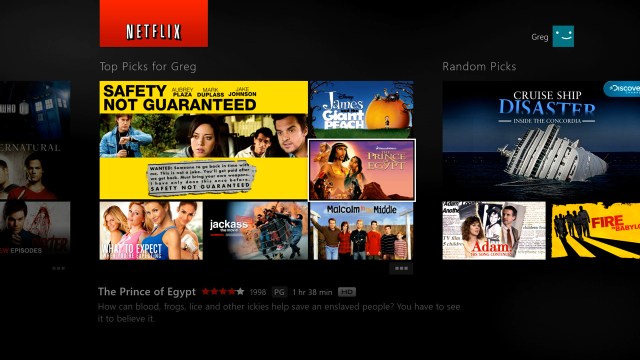
THE APPS
While it seemed like Microsoft was going to hold most of the third-party apps until launch day, some of them went live just yesterday morning. Here are the ones I’ve spent the most time with:
Netflix: Curiously, the Netflix interface on the One is not the universal TV interface the company started rolling out last week. Instead, they’ve built one that looks quite similar to the Xbox One homescreen. It works well, as Netflix’s apps tend to.
Hulu: Even more curious, the Xbox One Hulu app looks more like Netflix’s new universal interface than the Netflix app currently does. The Hulu app on the One works much better than its 360 counterpart — but that’s kind of a given, as the 360 Hulu app is super buggy and slow.
Skype: Quite solid, if video chatting from your living room sounds like something you’ll do regularly. It pans/zooms to focus on whoever in the room is speaking, and does it surprisingly well. The build I’m using says you can call someone by saying “Xbox, Skype [contact name]”, but it doesn’t work. (Update: Got it to work! Looks like it only works with your ‘favorite’ contacts)
Internet Explorer: Super wonky. Definitely not something I can see myself using regularly, unless every other browser-enabled device in my house suddenly explodes. A mostly-broken “Browse to [website]” voice command claims to let you dictate your destination, but gets it wrong most of the time. “Browse to TechCrunch”, for example, took me to Telegraph, TurboTax, Webkinz.com, and pretty much every other website on the Internet. It never once took me to TechCrunch, even after dozens of attempts. Internet Explorer does let you do this really cool Kinect gesture where you “grab” the screen (by closing your fist) and pull it toward you to zoom, but it’s otherwise not great.
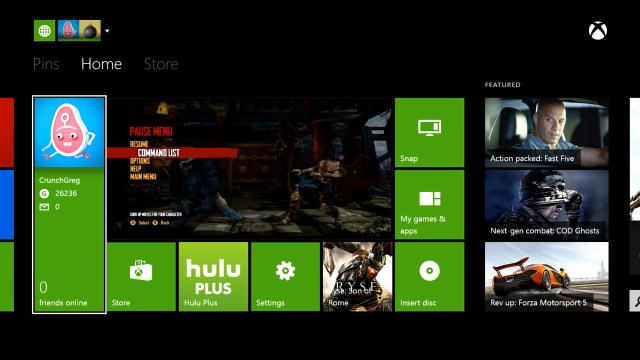
THE INTERFACE:
The Xbox One’s new, always-ready homescreen is one of the features that Microsoft has pitched quite hard. Just press the controller’s Xbox button, and you’re at your system’s homescreen. Tap the on-screen resume button, and you’re back in your game right where you left off. (This, compared to the 360, where going to the homescreen meant leaving your game entirely.)
Alas, it still feels like it could use a bit of work. The One’s interface is noticeably quicker than that of the 360, but it’s not eight years of technology faster. You’ll still see that signature spiral loading screen in between apps — even when you just want to pop in to check the details of an achievement you just unlocked. I never felt like I was waiting painfully long, but with this generation of consoles, it feels strange to wait at all while clicking through something like an interface.
One of the One’s flagship and oft demonstrated features is the ability to quickly switch between things like games, Skype, and Netflix. You can even say “Xbox, switch to Skype!” and it’ll do so. Neat! It works well, though I noticed that the apps were being fully reloaded (as in, from the splash screen) more than I’d expected.
You can also “snap” some apps to the side of the screen and run them alongside your game (so you can, say, watch a video while you play your game) but this doesn’t seem to be fully fleshed out just yet. Netflix, for example, can be snapped.. but once it’s there, it just offers you a button that takes the app back to full screen. Skype can’t be snapped yet, though it was one of the first apps Microsoft used to demo the app snapping concept. Internet Explorer, when snapped, feels even wonkier than it does fullscreen.
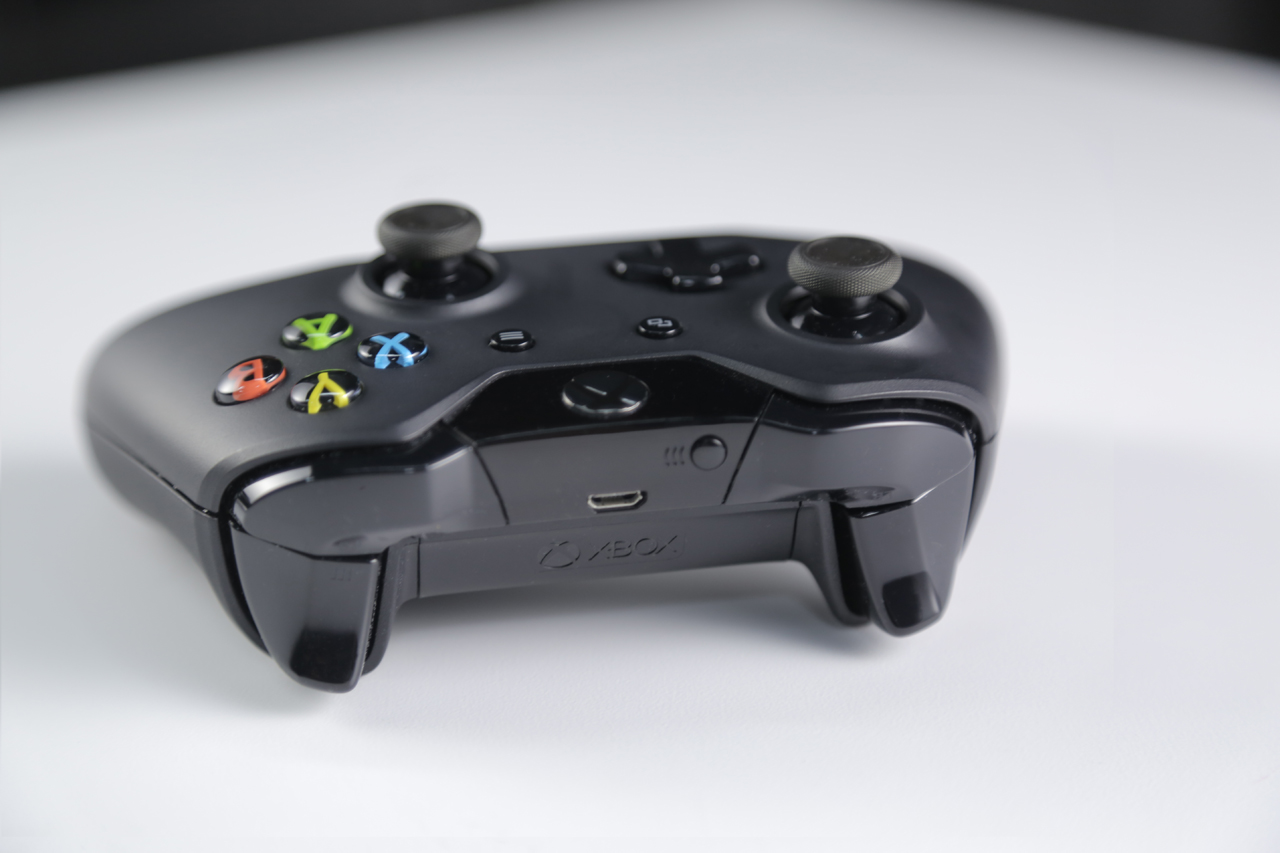
CONCLUSION:
While it may seem like I have as many nitpicks with the Xbox One as I do highlights, that is perhaps because my bar was set so high.
The Xbox 360 has its fair share of faults, but they’re ones that have come with its evolution. They were little blemishes chipped into something that otherwise only got better. They were easy to ignore.
With the Xbox One, though, it’s back to level one. It’s being presented as an entirely new package, and one that comes with a $500 price tag. Faults, even small ones, are a bit harder to look past.
It’s also, to some extent, a problem of diminishing returns. Even with 8 years having passed, the leap from the last generation to this one isn’t quite the same leap in technology we’ve made so many times before. It’s not the leap from the NES to the SNES (7 years), or the leap from the SNES to the PlayStation (4 years), or from the Xbox to the Xbox 360 (4 years). With each generation, that leap gets a bit smaller, and a bit harder to notice. After 8 years, you might hope that the Xbox One would just demolish everything you’ve seen with the Xbox 360; on Day One, at least, it does not.
With that said, it’s important to stress that one key term: “Day One”. The current state of the Xbox One — and the PS4, for that matter — is quite likely very, very different from what the same consoles will look like when we all move on to the next next generation. Compare the Xbox 360 on Day One to the 360 today; from the games to the interface, it’s almost unrecognizable. Both Microsoft and Sony are laying the runway for the next few years, so make your decisions as progress unfolds.
Would I recommend buying the Xbox One? If you already have a 360 and aren’t absolutely dying for any of the launch titles, I would say hold off for now. Give developers a bit of time to figure out the console’s inner workings. Let the must-have titles get made. If your 360 is on its last leg or you skipped the last generation, however, it’s a solid buy as is.

